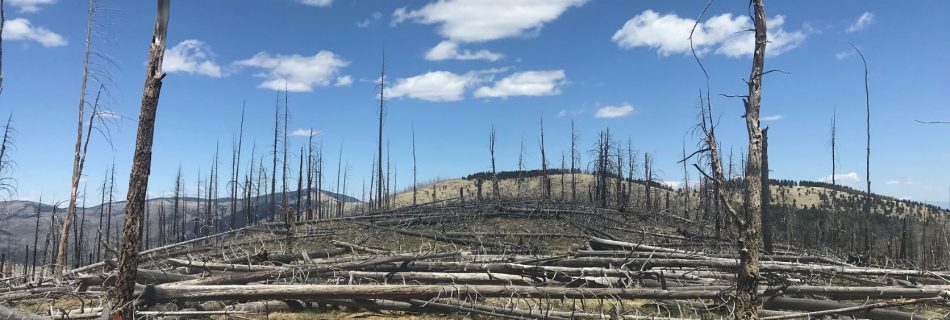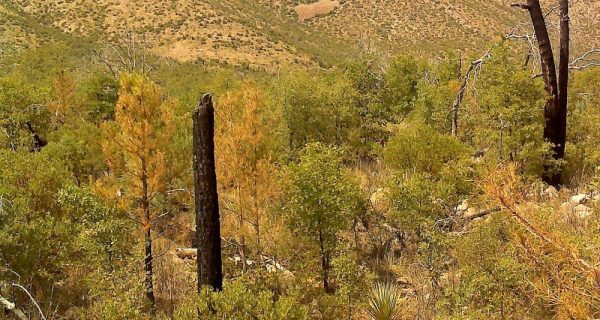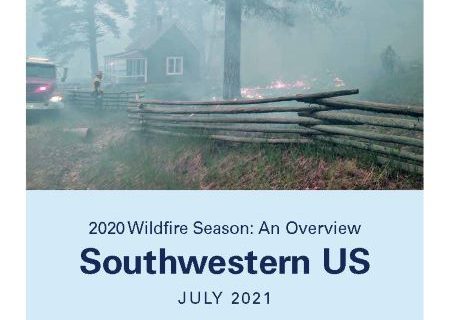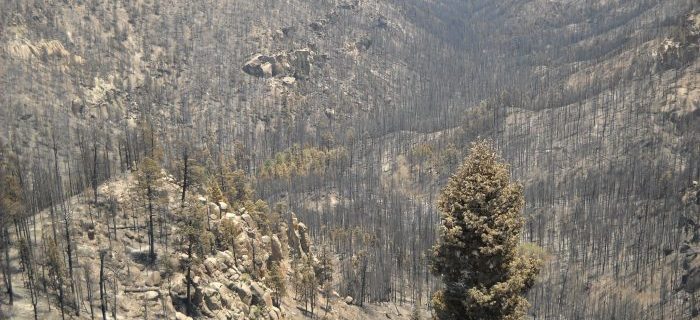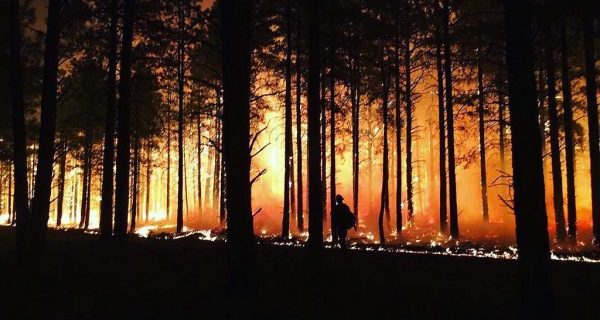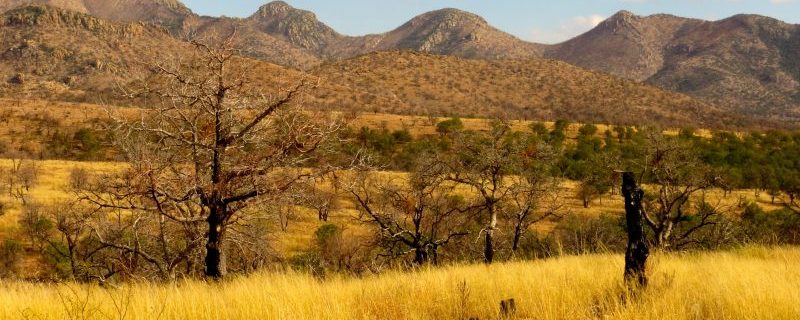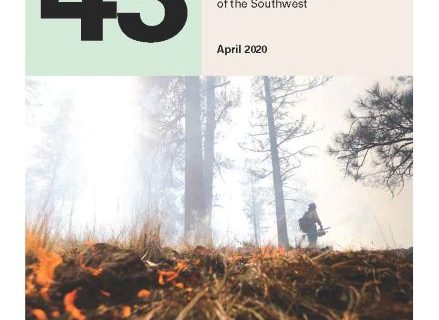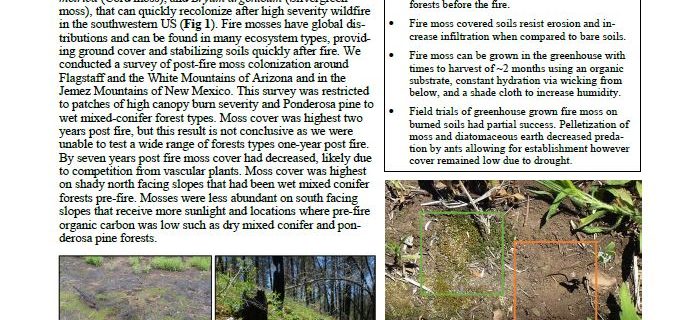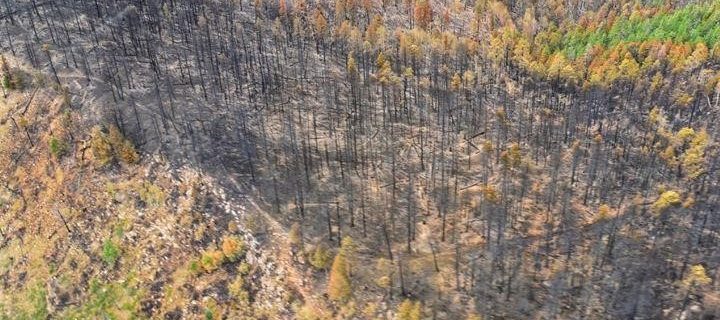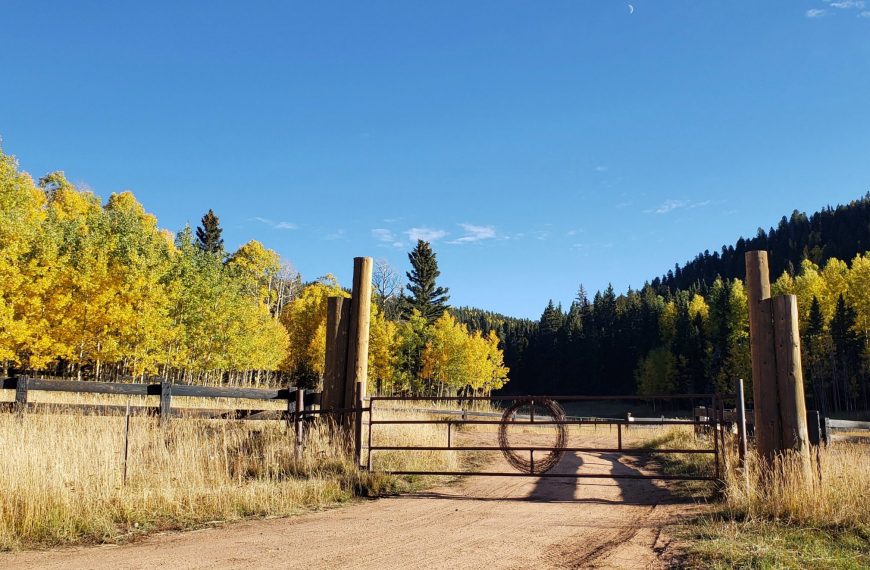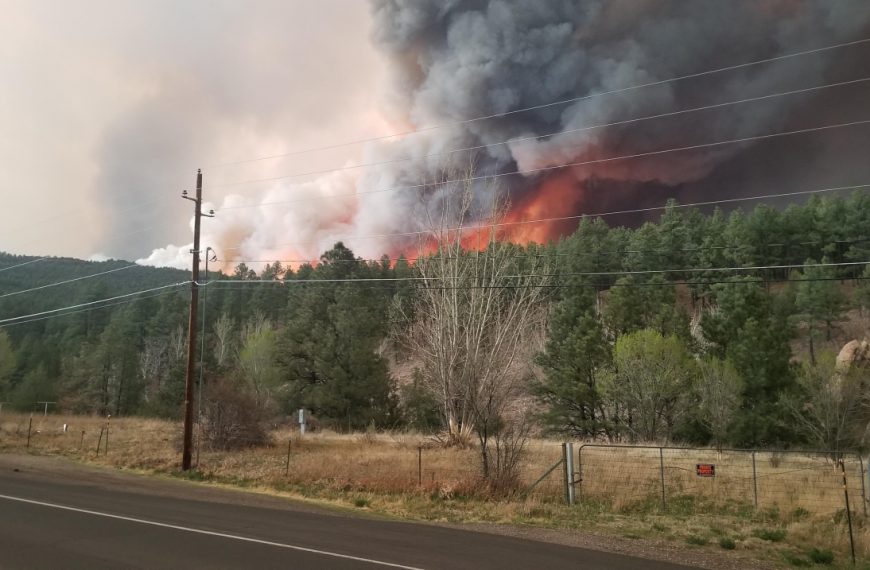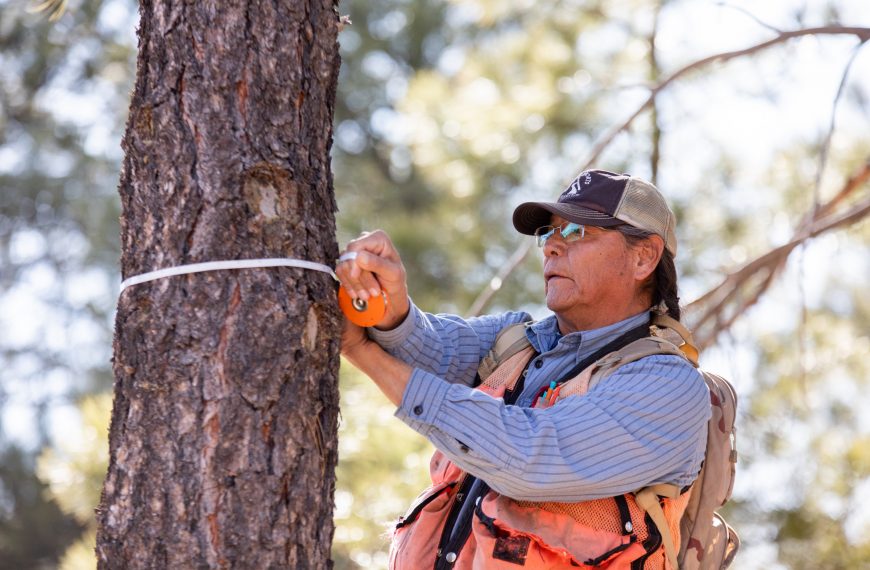A brief look at how the Black Range of the Gila National Forest goes about putting down thousands of acres of prescribed fire. See how the District works in a collaborative and productive manner while working within the multiple-use framework to include grazing, wildlife, recreation, and community outreach. Supported by science, the agency looks to keep fire on the landscape. View the YouTube video here.
Postfire Management in Frequent-Fire Conifer Forests
Presenter: Dr. Jens T. Stevens, National Program Lead for the Wildland Fire and Fuels Research, USDA Forest ServiceDate: January 19, 2022 12pm Mountain Standard Time The increasing incidence of large wildfires with extensive stand-replacing effects across the southwestern United States is altering the contemporary forest management template within historically frequent-fire conifer forests. While management of …
Read more “Postfire Management in Frequent-Fire Conifer Forests”

